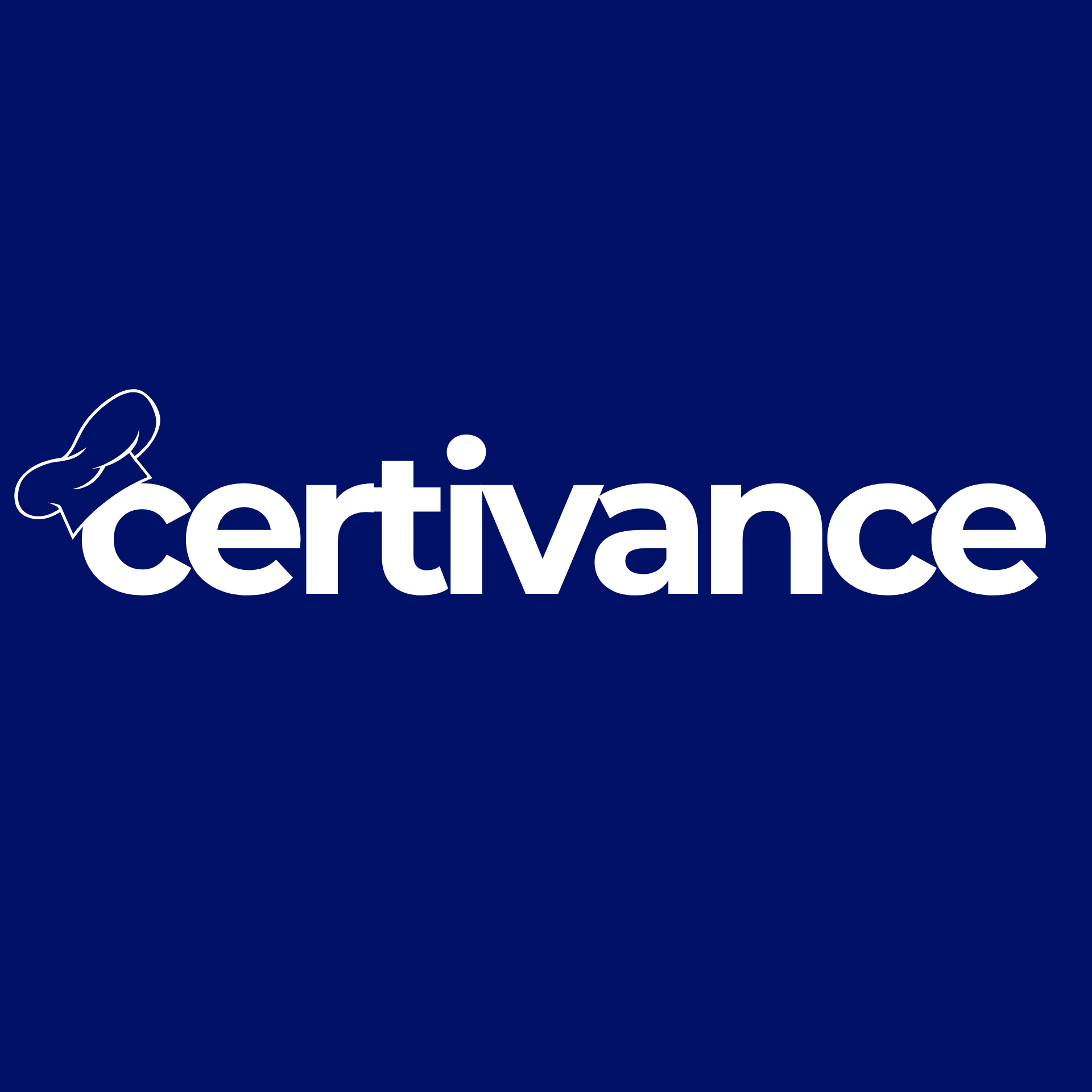Wheat allergies may not generate as many headlines as peanut or dairy allergies, but they remain a serious concern in foodservice settings. For customers with wheat allergy, even trace amounts can cause reactions ranging from skin irritation to life-threatening anaphylaxis.
Understanding the science, knowing where wheat hides, and preventing cross-contact are essential steps to serving these customers safely—and legally.
What Is Wheat Allergy?
A wheat allergy is an IgE-mediated immune reaction to proteins in wheat, including:
| Allergenic Wheat Proteins | Details |
|---|---|
| Gliadin | A gluten component; triggers allergic symptoms |
| Glutenin | Partner to gliadin in forming gluten |
| Albumins & Globulins | Water-soluble proteins, also allergenic |
Prevalence
- Affects ~0.5% of children and ~1.2% of adults in the U.S.
- Common in infants and toddlers
- Many outgrow the allergy, though some carry it into adulthood
Wheat Allergy vs. Celiac Disease
These conditions are often confused—but they’re fundamentally different in mechanism and management.
| Aspect | Wheat Allergy | Celiac Disease |
|---|---|---|
| Type of Condition | IgE-mediated allergic reaction | Autoimmune disorder |
| Immune Response | Involves histamine, mast cells | Involves IgA/IgG, damages intestinal lining |
| Reaction Time | Immediate (within minutes to hours) | Delayed (hours to days) |
| Symptoms | Hives, swelling, wheezing, anaphylaxis | Diarrhea, bloating, nutrient malabsorption |
| Outcome | Often outgrown in childhood | Lifelong condition |
| Safe Products | Gluten-free typically safe | Must avoid all gluten-containing grains |
⚠️ Important: “Wheat-free” does not always mean gluten-free, and vice versa. Always verify labeling.
Who Is at Risk?
Wheat allergy is most frequently diagnosed in children under age 3, but it can persist into adulthood—particularly in individuals with:
- Asthma
- Eczema
- Multiple food allergies
A rare but severe form called Food-Dependent, Exercise-Induced Anaphylaxis (FDEIA) occurs when wheat is consumed before intense physical activity—most common in teenage girls and young adult women.
Diagnosing Wheat Allergy
Diagnosis must be done under medical supervision by an allergist. It typically includes:
| Diagnostic Method | Purpose |
|---|---|
| Skin prick testing | Identifies immediate hypersensitivity |
| Blood test (specific IgE) | Measures wheat-specific IgE antibodies |
| Oral Food Challenge (OFC) | Gold standard for confirming diagnosis |
| Medical history review | Evaluates timing, symptoms, and exposure |
Best Practices for Foodservice Professionals
Emergency Readiness
| Requirement | Why It Matters |
|---|---|
| Carry 2 epinephrine auto-injectors | Some reactions escalate rapidly |
| Train all staff on usage | Immediate response saves lives |
| Have a clear emergency protocol | Avoid confusion during high-stress moments |
Preventing Cross-Contact
| Do | Don’t |
|---|---|
| Use dedicated utensils and prep areas | Share equipment used for wheat-containing dishes |
| Wash surfaces with soap and water (not just sanitizer) | Assume visible cleaning removes allergen proteins |
| Store wheat-free ingredients separately | Mix ingredients in shared containers or bins |
Clear Labeling & Communication
| Menu/Label Tips | Why It Helps |
|---|---|
| Clearly mark dishes with wheat or gluten | Increases transparency |
| Note shared facility or equipment risks if applicable | Helps guests make informed choices |
| Train staff to explain ingredients confidently | Builds customer trust and safety |
Identifying Hidden Sources of Wheat
Wheat isn’t just in bread and pasta. It shows up in places you might not expect.
| Common | Unexpected |
|---|---|
| Bread, pasta, flour, muffins | Soy sauce, beer, and malt beverages |
| Crackers, cereals, pancakes | Ice cream and frozen desserts |
| Fried foods (flour batter) | Salad dressings, gravy, and processed meats |
| Baked goods | Surimi, processed snacks, candy coatings |
Always read ingredient labels and contact manufacturers if needed.
Safe Grain Alternatives
Many grains are naturally wheat-free, but cross-contact is still a risk during farming, milling, or packaging.
| Safe Alternatives |
|---|
| Rice |
| Corn |
| Quinoa |
| Amaranth |
| Buckwheat |
| Millet |
| Tapioca |
| Arrowroot |
| Certified gluten-free oats |
The Nutritional Impact of Wheat Removal
Wheat is a major source of fortified nutrients in many diets, including:
- Folic acid
- Niacin (Vitamin B3)
- Iron
- Vitamins A & D
Nutritional Tips:
| Strategy | Purpose |
|---|---|
| Choose fortified gluten-free alternatives | Replace lost micronutrients |
| Encourage variety in grain choices | Prevent dietary gaps |
| Consult a registered dietitian | Personalized support and long-term success |
Partnering with Certivance
At Certivance, we help foodservice professionals create safe, inclusive spaces for all guests. Our services include:
| Service | Benefit |
|---|---|
| Allergen Awareness Training | Empower your team with the knowledge to act |
| Custom Food Safety Protocol Design | Tailored to your kitchen, your menu |
| Compliance Support | Reduce liability and meet local regulations |
By prioritizing allergen safety, you don’t just avoid risk—you build trust, loyalty, and leadership in the food industry.
Certivance
Food Safety You Can Trust
👉 Ready to level up your allergen protocols? Visit Certivance.com
Back of House Allergy Check Sheet - PDF









